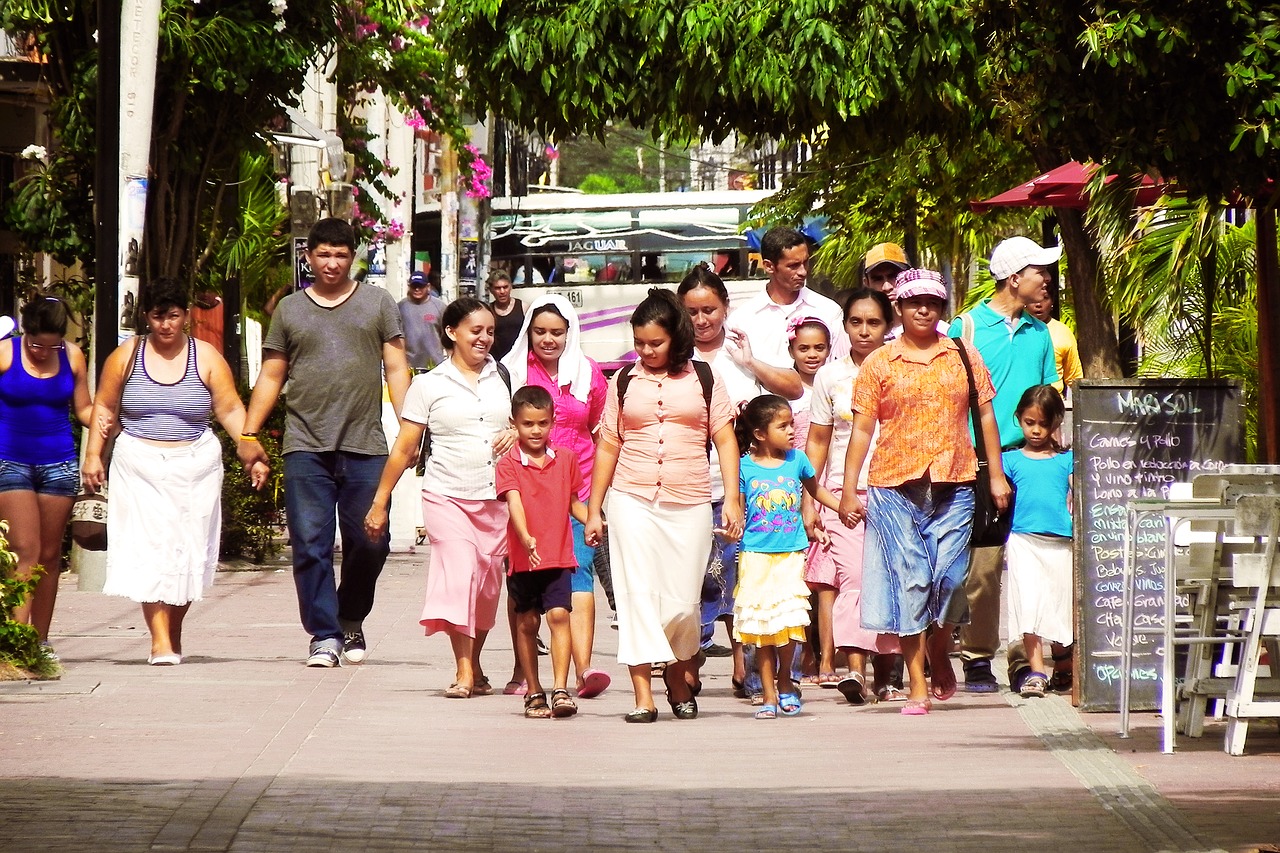
The following article was published in Vol 4 Issue No. 2 “Not a moral issue“
For women living under capitalism, the struggle to maintain control over our lives and bodies is constant. Every advance towards equality must
be pried from the hands of the ruling class and, once won, must always
be guarded from attack. The capitalist government, far from representing our interests, firmly resists our advancement.
This dynamic is not universal across all societies. Where the working class has overthrown their oppressors and taken control of society, the struggle for women’s liberation takes on radically different dimensions. We see in socialist societies what is possible once women no longer have to struggle against a ruling class that profits from their subjugation.
Freeing women from individualized domestic work
Historically, capitalist societies have expected women to each care for their own children and homes individually. Today, domestic work is still primarily the burden of women, either for themselves or as low-wage workers for someone else, but not exclusively so. Socialism offers the possibility of reorganizing the way domestic work is done, to free these workers to participate fully in society.
Within months of the 1917 revolution in Russia, the new government expanded preschool programs. Mothers were freed to join the workforce, which was a vital influx, as the country worked to rapidly grow its productive capabilities while fending off counterrevolution from both internal and foreign invaders. As more women entered the labor force, preschool attendance continued to grow.
To expand the program, the Soviet government developed instructional tools so that preschools could be implemented by workers themselves in their workplaces and collective farms. Where necessary, workers funded the preschools collectively, realizing the liberating effects of socialized childcare.
Before the 1959 revolution, Cuba was a country deeply plagued by poverty, illiteracy, unemployment and malnutrition. Most women were confined to domestic work within the home, or worked as servants or prostitutes. Birth control was generally unavailable, abortion was outlawed and maternal care was starkly lacking. Eighty percent of babies were not born in hospitals, and as a result the infant and maternal mortality rates were dismally high.
The victorious revolutionary forces quickly established the Federation of Cuban Women to address the urgent conditions of women and pull them into the work of building a new society. The Federation began establishing daycares that freed many women to enter the workforce. The government brought women into the vital tasks of revolution, like the 1961 literacy campaign and the health brigades that brought vaccinations into the countryside. Women even played a major role the repulsion of the infamous CIA-sponsored Bay of Pigs invasion.
Real reproductive choice
Incredible for its time, the Soviet Union — in 1920 — became the first country in the world to legalize abortion. This was a full 53 years before Roe v. Wade made abortion legal in the United States. The Soviet Union also legally guaranteed eight weeks of paid maternity leave in 1922. Further still, they created a commission in 1925 to research and develop contraception for both women and men. While their studies produced limited useful results, the commission’s goals indicate a radical commitment to breaking down the uneven burden of reproductive responsibility placed on women. Contrast this to the U.S. government, which in the same period was busy stonewalling the demands among its citizenry for birth control. It wasn’t until 1965 that birth control was legalized in the United States for married couples — 1972 for unmarried people.
Cuba legalized abortion in 1965. Today, abortions, STD testing and birth control — including the pill, IUD, the patch and condoms — are all readily available and provided by the government free of charge. Teen sex-ed is compulsory, and nowhere is abstinence-only promotion substituted for real education about pregnancy and contraception.
In 1963 the Federation of Cuban Women helped pass Cuba’s maternity law entitling women to twelve weeks of fully-paid maternity leave, plus another six months of unpaid leave. Today this has expanded to eighteen weeks at full pay for the mother, plus an additional forty weeks at 60 percent pay, that can be taken by either parent. In the United States, in 2019, we are guaranteed zero days of paid maternity leave.
During pregnancy, women in Cuba receive frequent home visits from their neighborhood doctors, as well as cost-free comprehensive care at polyclinics. Polyclinics provide individualized healthcare plans based on risk factors and anticipated needs, and specialists are brought in as needed. Babies continue to receive close care at the polyclinic into early childhood. Pediatric doctors work with development specialists and children’s teachers to continue giving attentive care during these important formative years.
The United States, despite spending more than twelve times what Cuba spends on healthcare per person, has a lower life expectancy and a higher infant mortality rate. Cuba’s infant mortality rate is fewer than 5 deaths per 1,000 live births. That rate in the United States is nearly 6 on average, almost 7 in the South overall and nearly 9 in Mississippi.
Socialism offers women more
The capitalist U.S. government fails to offer women what socialist Cuba or the Soviet Union were providing women decades ago in the face of much greater challenges. Women in the United States are fighting against a system that is moving in the opposite direction of our liberation. While the rightwing chips away at our reproductive choices, the government offers families virtually no institutional support.
We can imagine radically different frontiers for what we can accomplish when our own government is not fighting us at every turn. To break out of this oppression, we must break free of the capitalist system which is designed to maintain inequality. We must fight for socialism.

